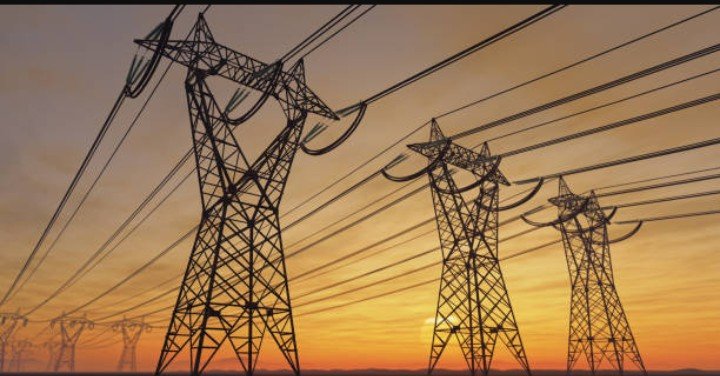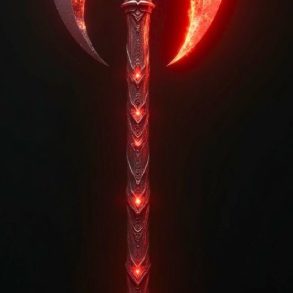Following the approval by the Nigerian Electricity Regulatory Commission (NERC) of a significant 240% Hike in electricity tariffs, its crucial for Nigerians to grasp the key aspects of this development. Here are the vital insights into what the public needs to know about this tariff adjustment.
- NERC approved a significant 240% increase in electricity tariff for ‘Band A’ customers, soaring from N66 to N225 per kilowatt hour (KwH).
- This increase specifically targets customers enjoying 20-hour power supply or more, comprising less than 481 feeders out of over 3,000, which constitutes 15% of Nigeria’s 12 million electricity consumers.
- Feeders not meeting the 20-hour supply threshold are mandated to be downgraded by NERC, resulting in a reduction of ‘Band A’ feeders from over 800 to under 500.
- ‘Band A’ consumers witness a substantial rise in their electricity expenses which may likely go from N50,000 to N170,000 monthly, depending on consumption pattern, potentially offsetting costs on diesel and petrol generators due to improved power supply.
- Only ‘Band A’ customers are assured of receiving at least 20 hours of power supply among the 11 electricity distribution companies, as stated by NERC.
- Customers in ‘Band B’, ‘C’, ‘D’, and ‘E’, who receive less than 20 hours of power supply, are unaffected by the tariff hike, ensuring no increase in their electricity expenses.
- The 240% increase implies a complete removal of electricity subsidy for ‘Band A’ customers, who represent 15% of households in urban areas of Nigeria and consume 40% of the country’s electricity.
- The implementation of the new electricity tariff by Discos commenced on Wednesday, April 3rd, 2024, resulting in ‘Band A’ customers paying 240% more for electricity.
- Despite the tariff hike, customers across all bands have been experiencing irregular power supply since January 2024, attributed to gas constraints by the Minister of Power, Adebayo Adelabu.
- The classification system based on assured minimum daily electricity provision categorizes customers into different bands, determining the expected hours of power supply per day.
- Those currently placed on Band A tariff can still be downgraded if the distribution company fails to fulfil the 20-hour per day minimum supply over a period.





